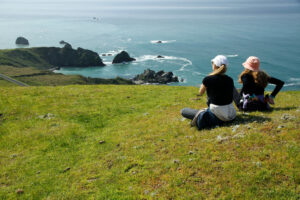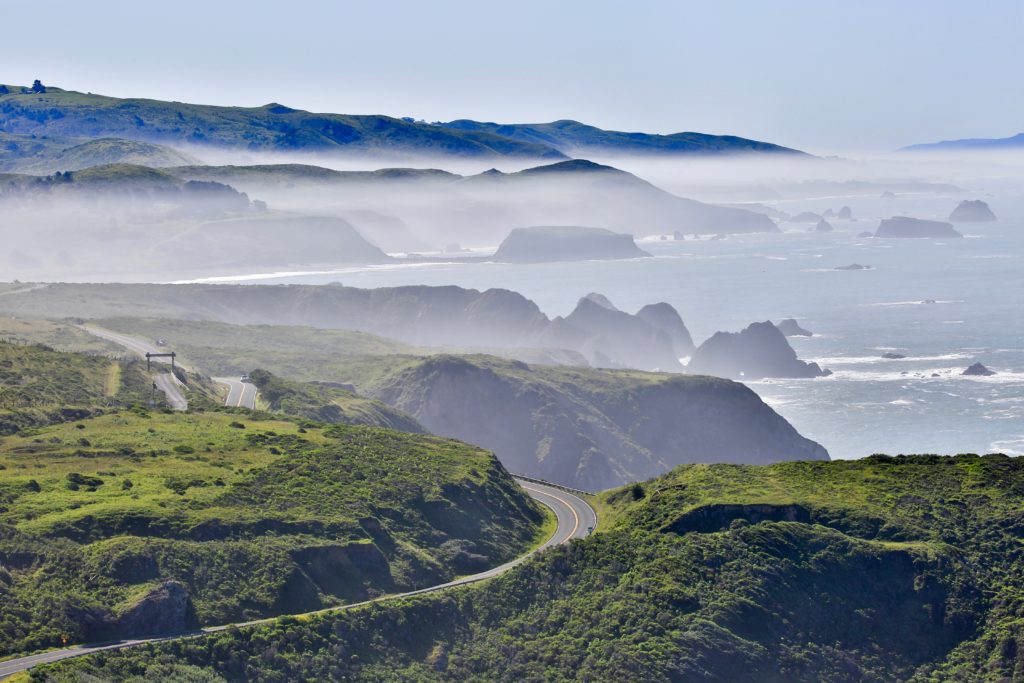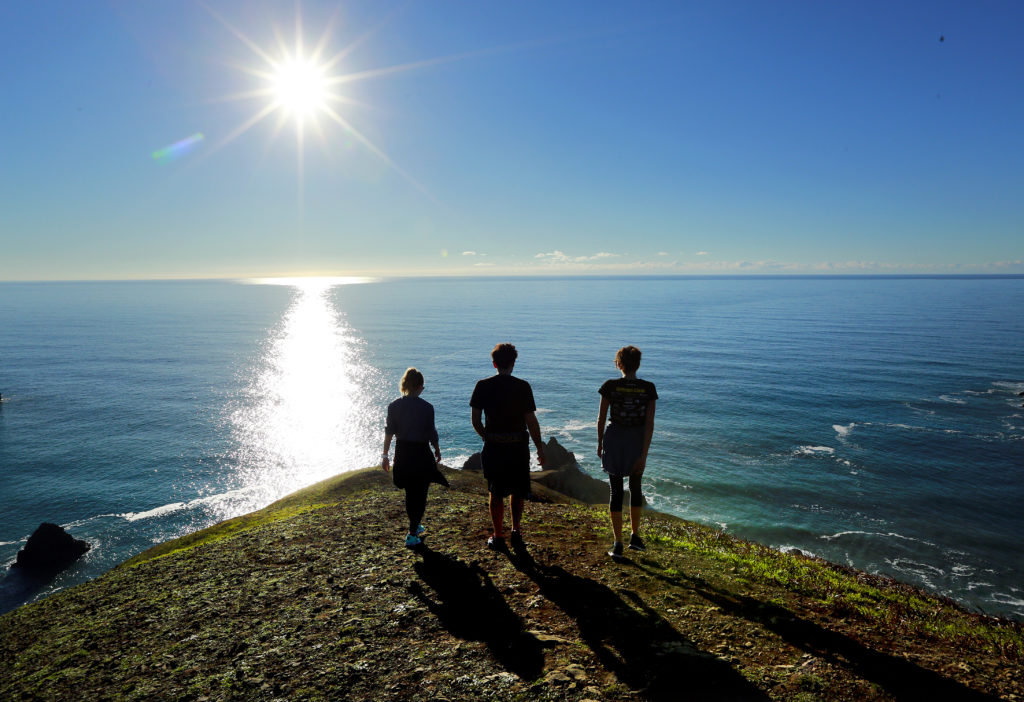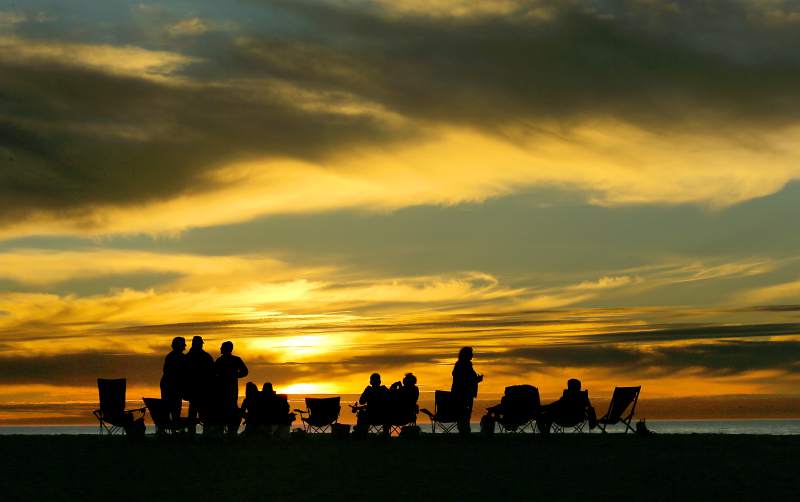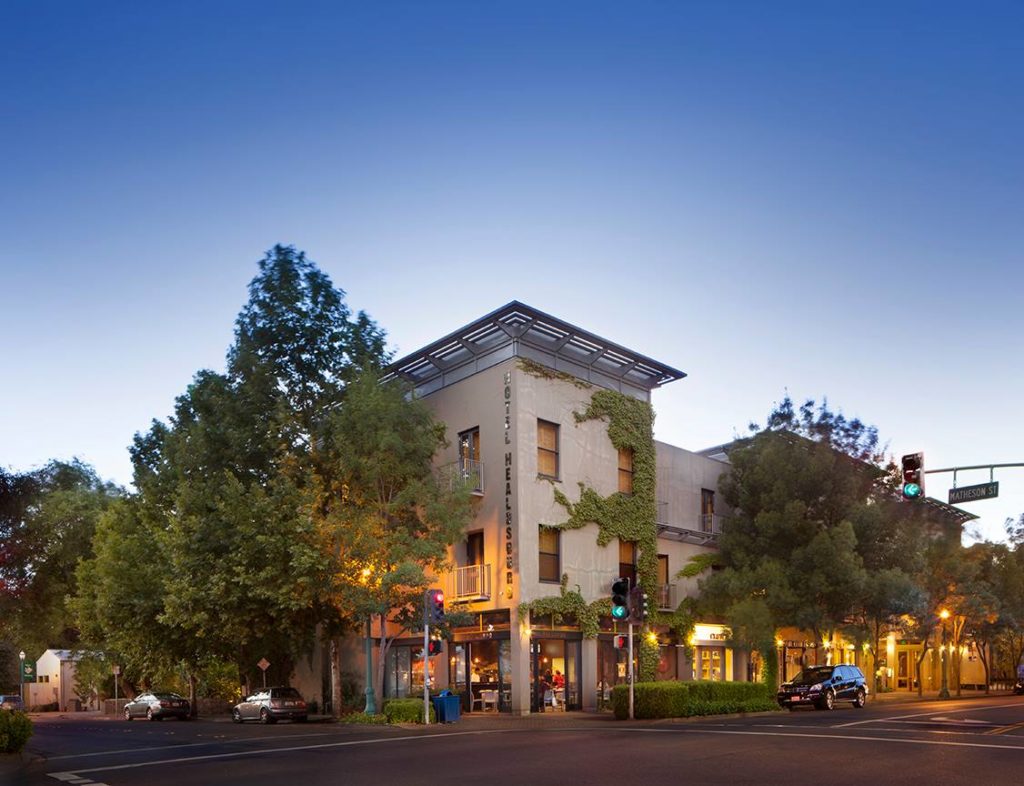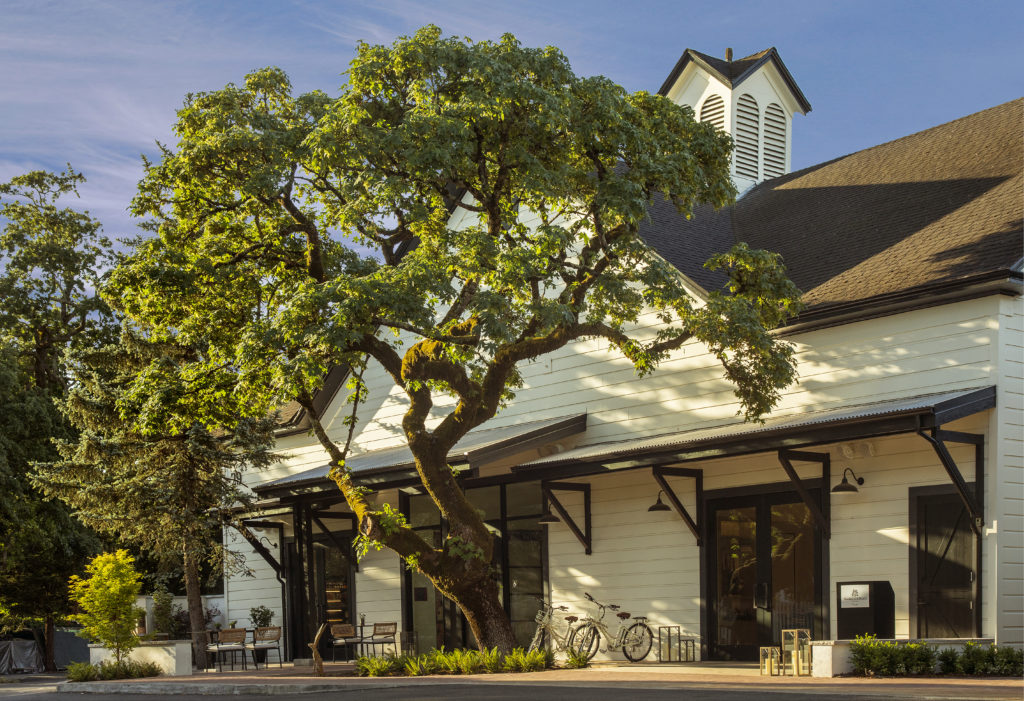With international travel restrictions likely to remain for the foreseeable future, many are relying on their cars to take them on vacation this summer. According to an AAA forecast from late June, Americans will take 683 million road trips between July 1 and September 30. That number is down only 3 percent from 2019, a fraction of the nearly 75 percent decline the association projected for air travel.
As we inch closer to Labor Day, and many of us are feeling increasingly stir-crazy, the idea of hitting the road before summer’s end seems even more enticing. But the “freedom of the road” has been dramatically curtailed in the past six months due to the coronavirus. Once a spontaneous way of traveling, road-tripping now requires careful planning and preparation in order to travel safely and responsibly. It no longer allows for improvisation, instead, an itinerary, a packing list and plenty of research have become road trip prerequisites.
You need more than a full tank, a good playlist and plenty of entertainment for the kids to embark on a road trip. Here are a few things worth considering before you back out of your driveway, carport or garage.
Protect Yourself and Others
The CDC continues to warn that travel “increases your chances of getting and spreading Covid-19” and that staying at home remains “the best way to protect yourself and others.” That said, the agency’s website does offer advice on how to minimize risk while traveling, including guidance for staying at hotels and stopping for gas.
Practicing social distancing, wearing a face mask, and frequently washing your hands are just some of the necessary steps you need to take to travel safely and responsibly, including on road trips. Whether you are driving less than an hour to the Sonoma Coast or crossing multiple county lines, every stop — from filling up the gas tank to meals and bathroom breaks — will result in more contact with the world outside of your home and, accordingly, present an increased risk of contracting or spreading the virus. Careful planning and preparation can mitigate some of the risks.
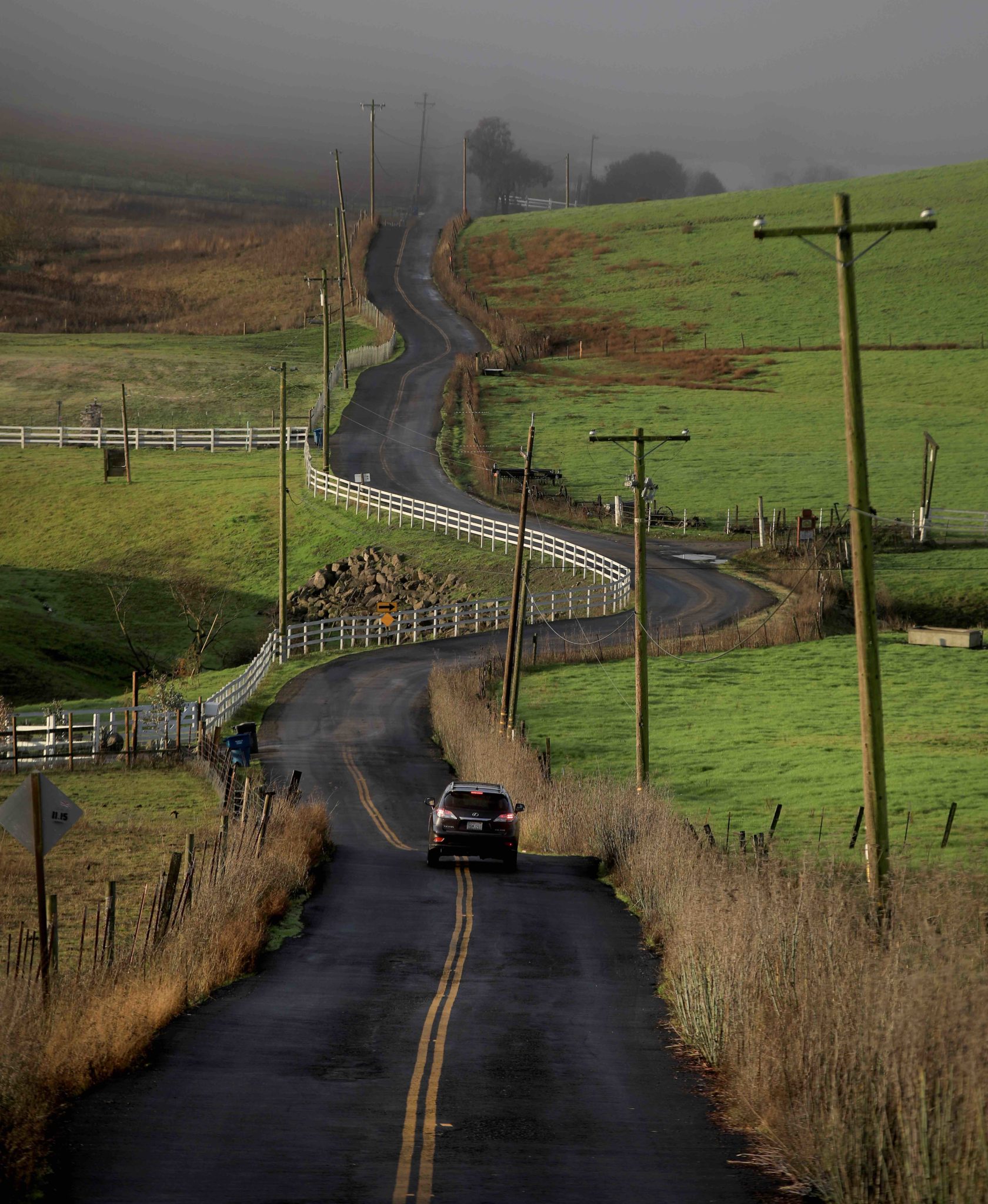
Do Your Research
Think about how long it’s taken you to wrap your head around the various, and ever-changing, Covid-19 regulations put in place where you live. Before you embark on your road trip (even before you start searching for your new swimsuit or hiking gear), you need to know the regulations of your final destination, as well as those of each place you are planning to visit along the way.
Check local government websites run by health departments and tourism offices; many destination stewardship organizations, such as Sonoma County Tourism and Visit Mendocino County, have put together guidelines for safe travel during the pandemic. Give yourself ample time to familiarize yourself with rules and regulations before you go — don’t assume they will be the same in each place you visit, and don’t be surprised if they are modified during your trip.
As part of your travel preparations, it is also important to keep an eye on the coronavirus cases at your destination(s), as well as at home. If either place is seeing a spike in cases, you should consider canceling or delaying your trip. Being flexible and willing to change plans has never been more important.
Finally, while government officials and tourism agencies may be encouraging travels to the areas they represent, you should nevertheless consider the impact of travel on local populations. Some Lake Tahoe residents, for example, have expressed concern over the surge in tourism to the area. While their concerns have garnered headlines, Lake Tahoe residents are not the only Northern Californians currently struggling to find a balance between safety and economic survival. Many coastal and rural tourism destinations may have a low number of Covid-19 cases, but they also have limited health care resources. This is important to think about before you travel.
Don’t Make Any Assumptions
Once you have made your itinerary and researched regulations at your destination(s), you need to check visitor rules for sites, attractions and restaurants you plan to visit during your trip.
Most sites and restaurants now have limited capacity and require reservations, and opening hours and offerings have often been adjusted to accommodate for safe visits. Alcatraz Island, for example, recently reopened after being closed for five months but only outdoor spaces are now accessible, which changes the visitor experience. And Muir Woods National Monument reopened in late June with limited capacity and one-way traffic on some trails. These are the kinds of things you want to make yourself aware of as you plan your trip.
Keep in mind that business owners and staff are working overtime to keep themselves and visitors safe. They may not always have the time or resources to update information on websites, so make sure to contact each business directly via phone or email to make sure you get the most up-to-date information. Many popular attractions and destinations have turned to social media to disseminate information quickly; Facebook and Instagram posts can help answer questions and manage expectations.
Make a Packing List
Traveling light is not the way to travel in 2020. Pack extra masks. Fill up a cooler and pack snacks. Pack anything and everything that will make traveling safer and a little less stressful. And go to the bathroom before you leave the house or hotel room. You want to prepare and pack in a way so as to minimize detours to shops, pharmacies, laundromats, restrooms and other stops that will increase the amount of contact with other people.
Things worth considering as you put together your packing list: If you use cloth masks, do you have enough to last the entire trip or will you also need to bring detergent to wash your masks along the way? Do you have extra hand sanitizer and disinfecting wipes for the car and your handbag? Do you have enough prescription and over-the-counter medications? It’s better to be ready for unforeseen events than to be caught empty handed and expose yourself and others to unnecessary risk.
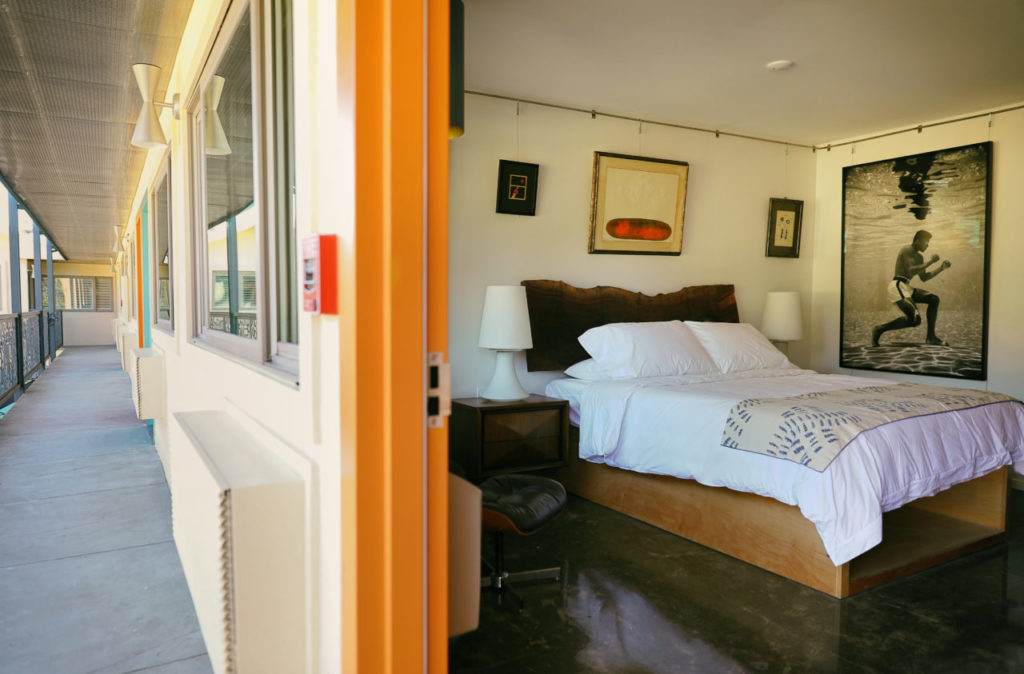
Investigate Accommodation Protocols
From house rentals to hotels, safety and cleaning protocols have changed in the past few months and can vary greatly from one property to the next.
Most hotel properties have streamlined check-in and check-out procedures to reduce physical interaction — many details can now be handled online ahead of arrival. Housekeeping has changed, too. Countless new standards and protocols have been put in place, utilizing everything from UV light to high-tech disinfectants to keep surfaces clean, and cleaning staff is now suited in personal protective equipment (PPE). Many hotels book and block rooms so that each room can remain vacant for a minimum of 24 hours to allow for rigorous cleaning and disinfection. As for the perks: you can still get extra towels, but you will most likely be making your own bed.
Access to amenities, like pools and fitness centers, has also been limited or adjusted in many places. You might need to make a reservation to spend time by the pool or work out in the gym. And spa treatments or nightly cheese and wine buffets may no longer be offered, or are only offered as an in-room services.
Again, knowing what to expect before you arrive sets the stage for safety and comfort.
Know Your Comfort Zone
Speaking of comfort, it is worth thinking about what you will need to do to feel safe and comfortable during your trip. Will you need to wipe down your hotel room with disinfecting wipes? You may be dreaming of lounging by a pool, but will you be able to feel comfortable even if your closest pool neighbor is six feet away? If you arrive at an attraction or make another stop along the way where there is a line of people, should you leave — even if you’ve made a reservation?
Be honest with yourself when considering these questions, and be prepared to be courteous with others who are trying their best to do the same.
Consider How Much Time Off You Will Need
When planning a trip during the pandemic, you need to take into account the amount of time you will need to prepare for the trip, how much time you will spend on the road and at each destination, and, finally, how much time you will need to take off from work after you return.
If you plan on getting tested for Covid-19 upon your return, you will need to take time off work and be prepared to quarantine while you wait for your test results. And, if you test positive, you will need additional time off to quarantine.
Being well prepared and taking extra precautions can make life on the road a little easier and more enjoyable for yourself and, just as important, for those around you.
Looking for road trip ideas close to home? Here are a few worth considering.









